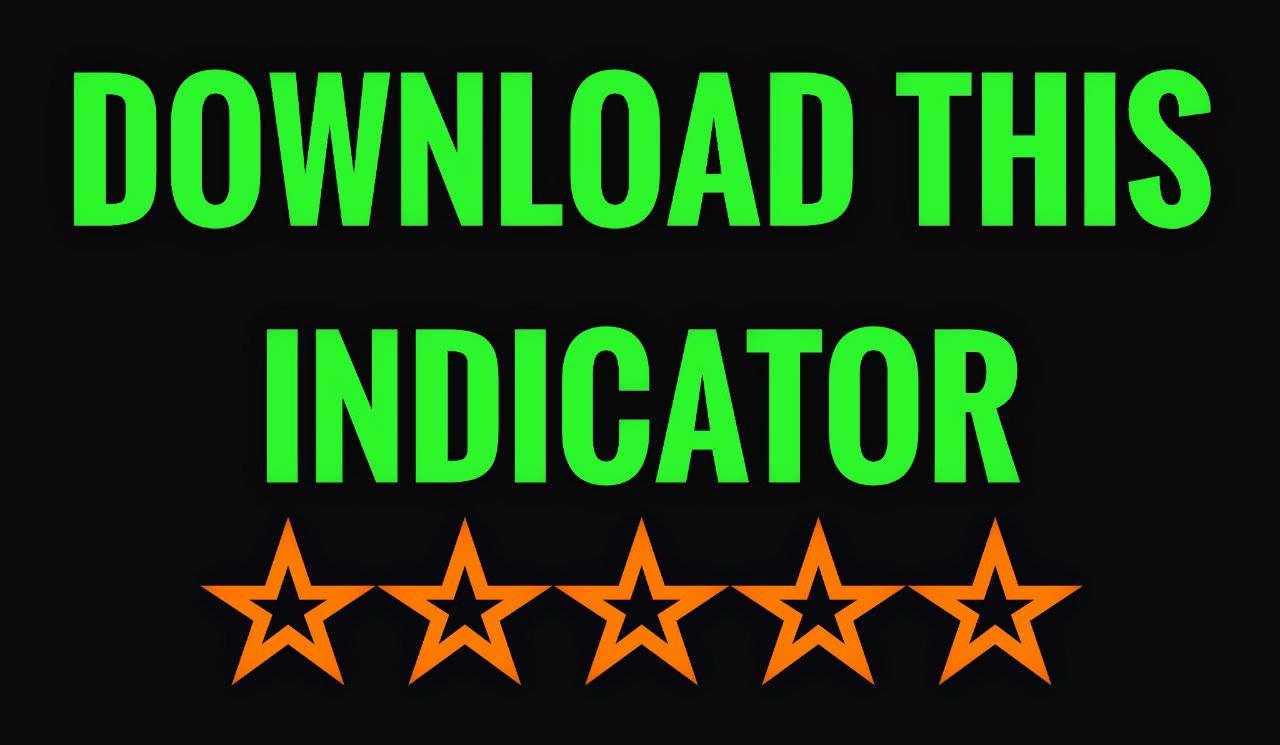Technical analysis is a crucial tool for traders and investors to make informed decisions in the financial markets. One of the key indicators used in technical analysis is Wildhog NRP Divergence. This indicator helps traders identify potential reversals in the market, providing valuable insights into market trends and potential entry and exit points. In this article, we will explore the role of Wildhog NRP Divergence in technical analysis and how traders can effectively use it to improve their trading strategies.
What is Wildhog NRP Divergence?
Wildhog NRP Divergence is a technical analysis indicator that is used to identify bullish and bearish divergences in the market. It is based on the concept of non-repainting (NRP) indicators, which means that the indicator’s signals do not change once they are plotted on the chart. This makes it a reliable tool for traders to identify potential reversals in the market.
WE ARE FEATURED IN
Wildhog NRP Divergence works by comparing price movements with the indicator’s values. When the price makes a new high but the indicator fails to confirm the high, it indicates a bearish divergence. Conversely, when the price makes a new low but the indicator fails to confirm the low, it indicates a bullish divergence. These divergences are signals that the current trend may be losing momentum and a reversal is likely to occur.
How to Use Wildhog NRP Divergence in Technical Analysis
Traders can use Wildhog NRP Divergence in several ways to improve their trading strategies. One of the most common uses of this indicator is to confirm trend reversals. When a bullish or bearish divergence occurs, traders can use this signal to enter or exit trades in the direction of the new trend.
Another way to use Wildhog NRP Divergence is to confirm the strength of a current trend. If the price is moving higher but the indicator is not confirming the higher highs, it may indicate that the trend is losing momentum and a reversal may be imminent. Conversely, if the price is moving lower but the indicator is not confirming the lower lows, it may indicate that the current trend is strong and likely to continue.
Conclusion
Wildhog NRP Divergence is a powerful tool for traders to identify potential reversals in the market. By using this indicator, traders can improve their trading strategies and make more informed decisions. Understanding the role of Wildhog NRP Divergence in technical analysis can help traders navigate the complex and ever-changing financial markets with more confidence and success.
FAQs
Q: How reliable is Wildhog NRP Divergence in predicting market reversals?
A: While Wildhog NRP Divergence is a reliable indicator, it is important to use it in conjunction with other technical analysis tools for more accurate predictions.
Q: Can Wildhog NRP Divergence be used on different timeframes?
A: Yes, Wildhog NRP Divergence can be used on different timeframes, from intraday charts to weekly charts, depending on the trader’s trading style and goals.
Q: Are there any limitations to using Wildhog NRP Divergence?
A: Like any technical analysis indicator, Wildhog NRP Divergence has its limitations and may not always provide accurate signals. It is important for traders to use this indicator in conjunction with other tools and to consider multiple factors when making trading decisions.
Recommended Broker
<
p style=”text-align: center;”>Click Here==⫸ Trade with a Trusted Global Broker ➤ XM
- Platform: Metatrader4, Metatrader5
- Currency pairs: NZDUSD, USDCAD, AUDNZD, AUDCAD, NZDCAD, GBPCHF, XAUUSD (GOLD), BTCUSD (BITCOIN)
- Trading Time: Around the clock
- Timeframe: M5, M15, M30, 1H, 4H, 1D
- Minimum deposit: $100
- Recommended broker: XM












